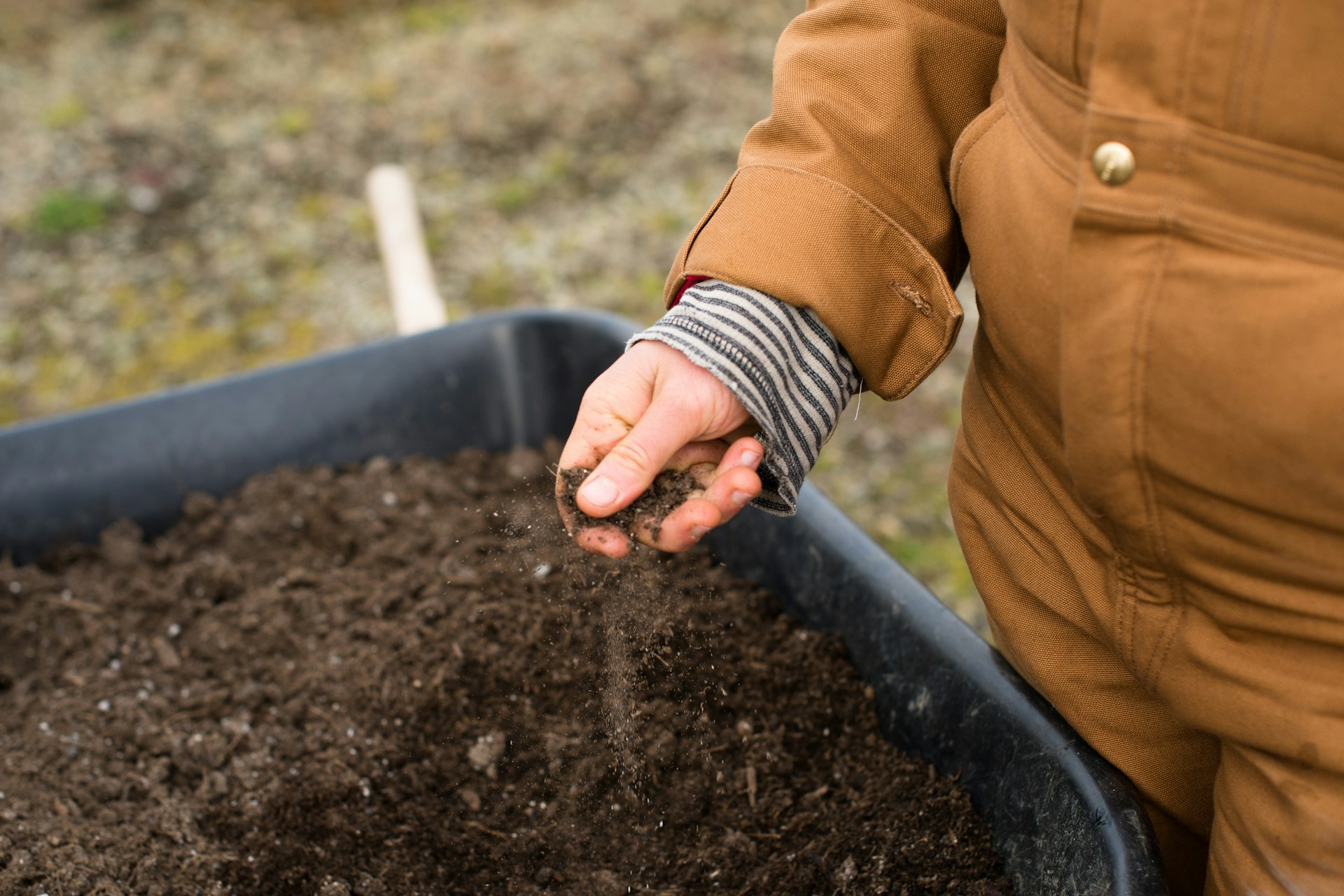Nearly 40% of households will exceed safety recommendations where multiple lead sources may exist. Remediation with standard techniques at this scale could cost more than $1 trillion nationally


Roughly one in four U.S. households have soil exceeding the new U.S. Environmental Protection Agency’s lead screening levels of 200 parts per million (ppm), halved from the previous level of 400 ppm, a new study found. For households with exposure from multiple sources, the EPA lowered the guidance to 100 ppm; nearly 40% of households exceed that level, the study also found.
“I was shocked at how many households were above the new 200 ppm guideline,” said Gabriel Filippelli, a biochemist at Indiana University who led the new study. “I assumed it was going to be a more modest number. And results for the 100 ppm guideline are even worse.”
Remediating the roughly 29 million affected households using traditional “dig and dump” soil removal methods could cost upward of $1 trillion, the study calculated. The study was published in GeoHealth, an open-access AGU journal that publishes research investigating the intersection of human and planetary health for a sustainable future. Filippelli is the former editor-in-chief of GeoHealth.


National lead problem “nowhere near over”
Lead is a heavy metal that can accumulate in the human body, with toxic effects. In children, exposure to lead is associated with lower educational outcomes. In the United States, the burden of lead exposure has historically fallen on lower-income communities and communities of color because of redlining and other discriminatory practices. Lead pollution can come from aging water pipes, old paint, and remnant gasoline and industrial pollution, but today, most lead exposure are from contaminated soils and dust, even after lead-containing infrastructure was removed.
The Centers for Disease Control and Prevention first set a limit on the concentration of lead in blood in 1991 at 10 micrograms per deciliter, and it lowered that limit several times until reaching the current limit of 3.5 micrograms per deciliter. But the EPA’s soil lead screening level remained unchanged for more than 30 years until the January announcement. Some states had established their own lower guidelines; California has the lowest screening level, at 80 ppm.
The lag is likely due to “the immensity and ubiquity of the problem,” the study authors wrote. “The scale is astounding, and the nation’s lead and remediation efforts just became substantially more complicated.” That’s because once the EPA lowers a screening limit, they need to tell people what to do if their soils exceed it.
When the EPA lowered the screening level, Filippelli and his co-authors decided to make use of the database of 15,595 residential soil samples from the contiguous United States that they’d collected over the years to find out how many exceeded the new guideline.
Household health hazard
About 25% of the residential soil samples, collected from yards, gardens, alleys, and other residential spots, exceeded the new 200 ppm level, the study found. (Only 12% of samples had exceeded the older, 400 ppm level.) Extrapolating across the country, that equates to roughly 29 million households.
The EPA issued separate guidance for households with multiple sources of exposure, such as both lead-contaminated soil and lead pipes, setting the level in those situations at 100 ppm. In practice, that’s most urban households, Filippelli said. Forty percent of households exceed that limit, increasing the number of affected households to nearly 50 million, the study found.
Typically, contaminated soils are remediated with removal — colloquially, “dig and dump.” But the practice is costly and typically only used after an area is placed on the National Priority List for remediation, a process that can take years. To remediate all contaminated households with “dig and dump” would cost between $290 billion and $1.2 trillion, the authors calculated.
A cheaper option is “capping”: burying the contaminated soil with about a foot of soil or mulch. A geotechnical fabric barrier can also be installed. Most lead contamination is in the top 10 to 12 inches of soil, Filippelli said, so this simple method either covers up the problem or dilutes it to an acceptable level.
“Urban gardeners have been doing this forever anyway, with raised beds, because they’re intuitively concerned about the history of land use at their house,” Filippelli said.
And capping is quicker.
“A huge advantage of capping is speed. It immediately reduces exposure,” Filippelli said. “You’re not waiting two years on a list to have your yard remediated while your child is getting poisoned. It’s done in a weekend.”
Capping still requires time and effort; residents must find clean soil, transport it to their home and spread it out. But the health benefits likely outweigh those costs, Filippelli said.
Because capping has been done more informally, there’s still a lot to be learned about its lifespan and sustainability, Filippelli said. That’s where the research will go next.
Despite the “staggering” scale of the problem, “I’m really optimistic,” Filippelli said. “Lead is the most easily solvable problem that we have. We know where it is, and we know how to avoid it. It’s just a matter of taking action.”

